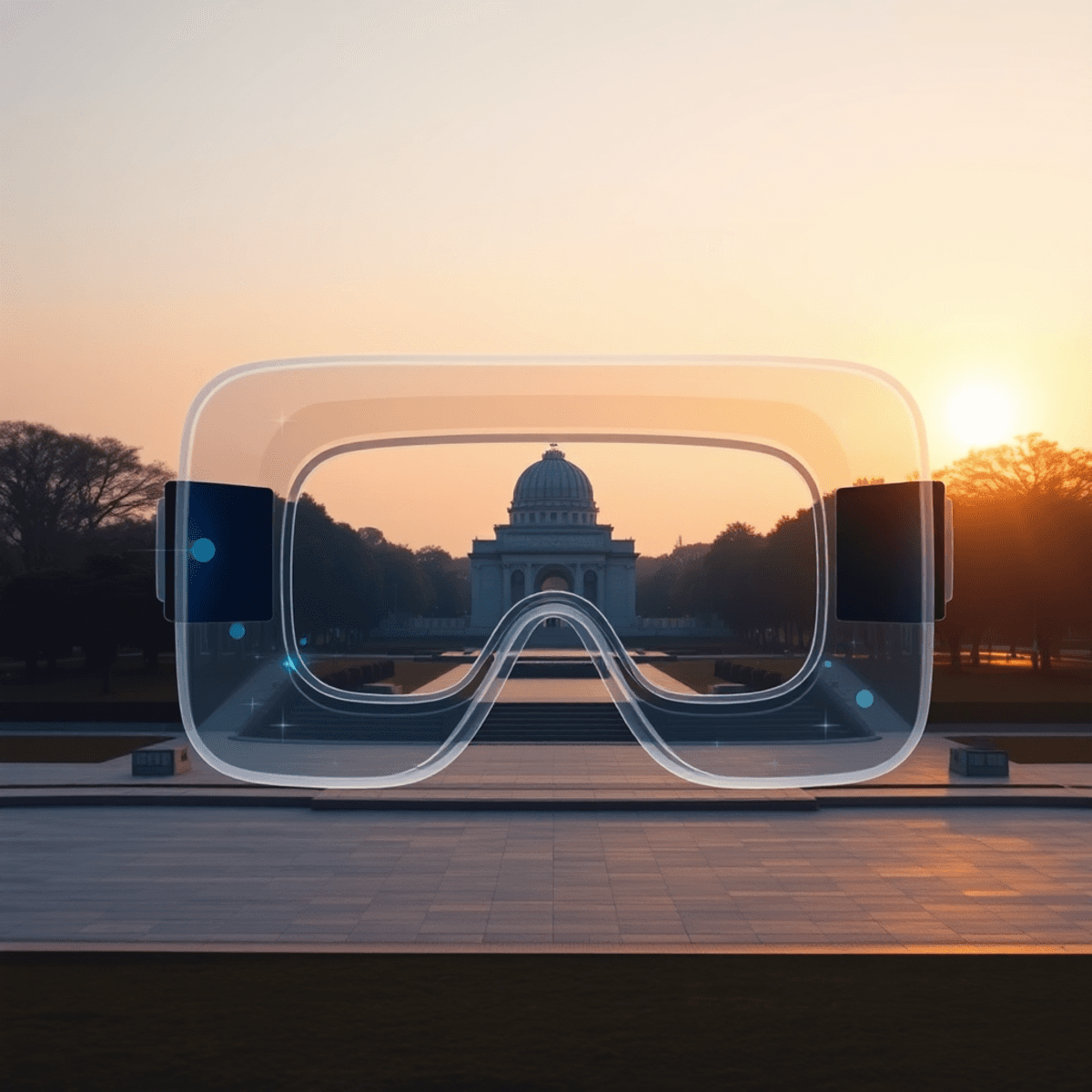
Hiroshima’s Peace Memorial Park is a tribute to the lives lost and the city’s journey through destruction and recovery. The park now offers an innovative immersive VR tour that uses virtual reality headsets to transport visitors into Hiroshima’s pre‑bombing past, the 1945 atomic blast, and the extensive reconstruction that followed.
Key aspects of this experience include:
The use of virtual reality technology deepens engagement by allowing visitors to feel present in historical moments rather than simply observing them. This approach transforms passive learning into an active, emotional connection with history, making Hiroshima’s story more accessible and impactful for all who visit.
Hiroshima’s Peace Memorial Park is using virtual reality headsets to immerse visitors in the city’s past before the bombing.
Interactive displays and sensors play a crucial role in enhancing visitor engagement during the immersive VR tour at Peace Memorial Park. By incorporating these elements, visitors are not just passive observers but active participants in experiencing Hiroshima’s history.
Here are some examples of specific interactive elements that allow visitors to interact with the virtual environment or explore additional layers of information about Hiroshima’s history:
These interactive elements not only educate but also emotionally resonate with visitors, fostering a profound understanding of Hiroshima’s history and the resilience of its people.
The immersive VR tour at Hiroshima’s Peace Memorial Park goes beyond showcasing historical events; it strives to preserve survivors’ testimonies using cutting-edge technology. Here are the key points to consider:
This innovative approach not only fosters a deeper understanding of the city’s past but also honors the resilience and strength of those who endured unimaginable suffering.
Foreign visitors are increasingly drawn to immersive historical tours, especially those integrating virtual reality technology, at Peace Memorial Park in Hiroshima. The use of VR not only attracts tourists seeking innovative experiences but also provides a unique lens through which to view Hiroshima’s past. This approach allows visitors to engage with the city’s history in a deeply personal and informative way, fostering a more profound connection with the events that unfolded there.
By immersing themselves in virtual reconstructions of Hiroshima pre- and post-bombing, foreign visitors can gain a new perspective on the city’s resilience and the enduring impact of the atomic bomb. The interactive nature of these tours enables participants to explore different aspects of Hiroshima’s history and culture, offering insights that traditional forms of storytelling may not convey effectively. Through this immersive experience, foreign visitors can develop a richer understanding of Hiroshima’s significance in world history and appreciate the strength and spirit of its people.
The immersive VR tour at Hiroshima’s Peace Memorial Park goes beyond remembrance. It demonstrates the city’s resilience, highlighting how Hiroshima has risen from the devastation of the 1945 atomic blast to become a symbol of peace and recovery.
Technology preserving historical memories plays a crucial role in this process. Virtual reality headsets immerse visitors in the city’s pre-bombing past, the catastrophic moment of the atomic blast, and the reconstruction that followed.
Sensors and interactive displays enhance this experience by preserving survivors’ testimonies, making history tangible and personal.
Foreign visitors gain a deeper emotional connection through these innovative methods, fostering empathy and understanding.
The use of cutting-edge technology shapes how we engage with history, making it more accessible and impactful. This immersive approach ensures that Hiroshima’s story of tragedy and renewal remains vivid for generations to come.

